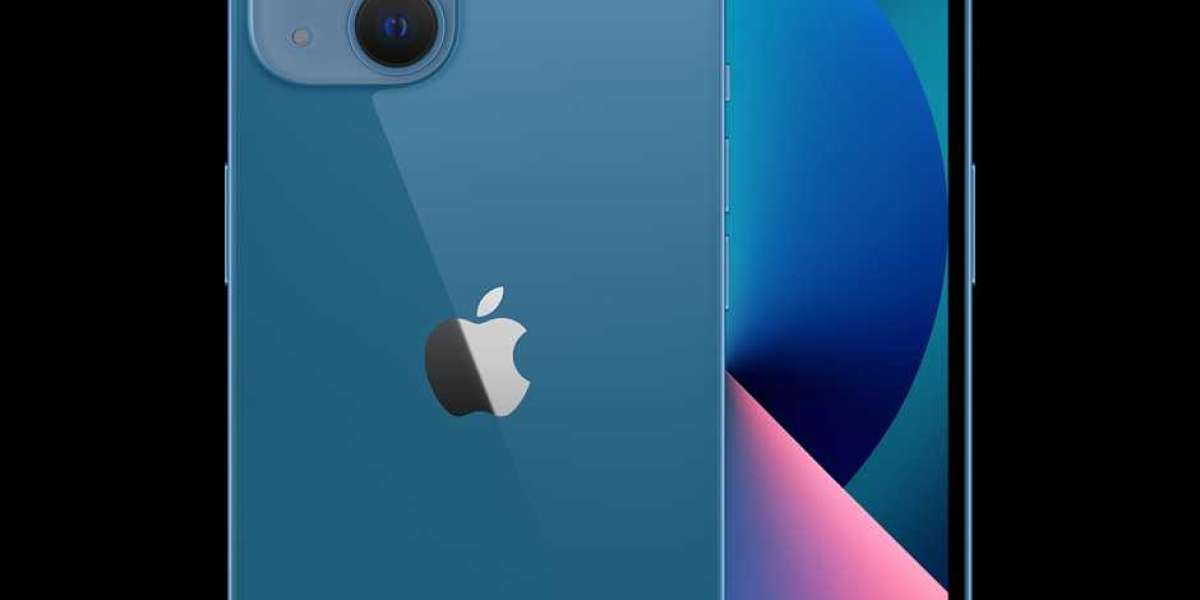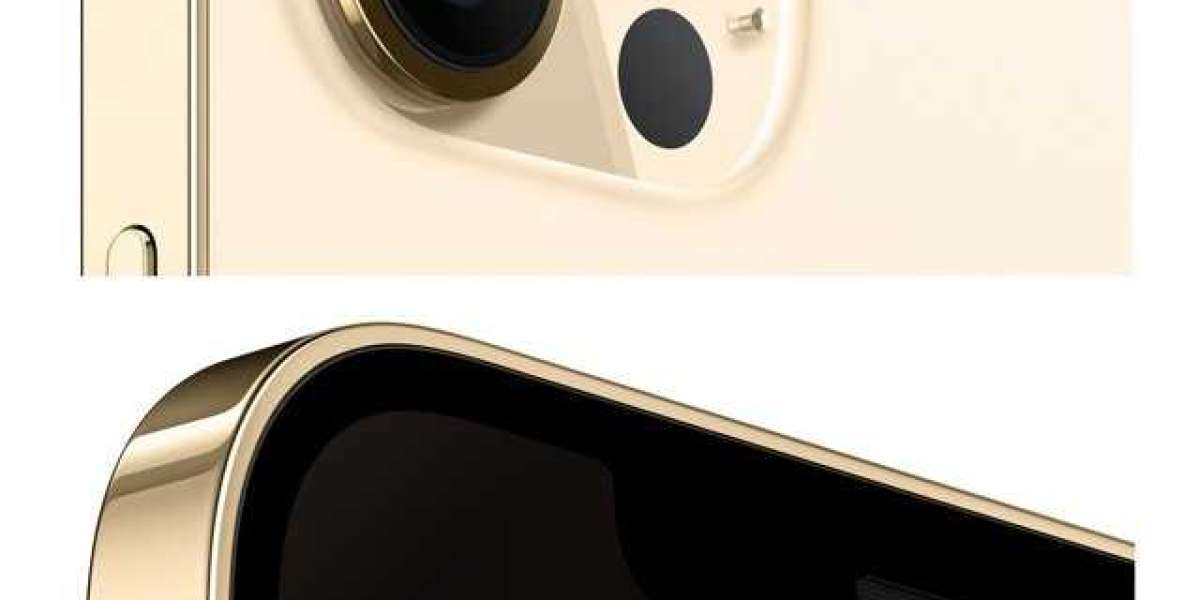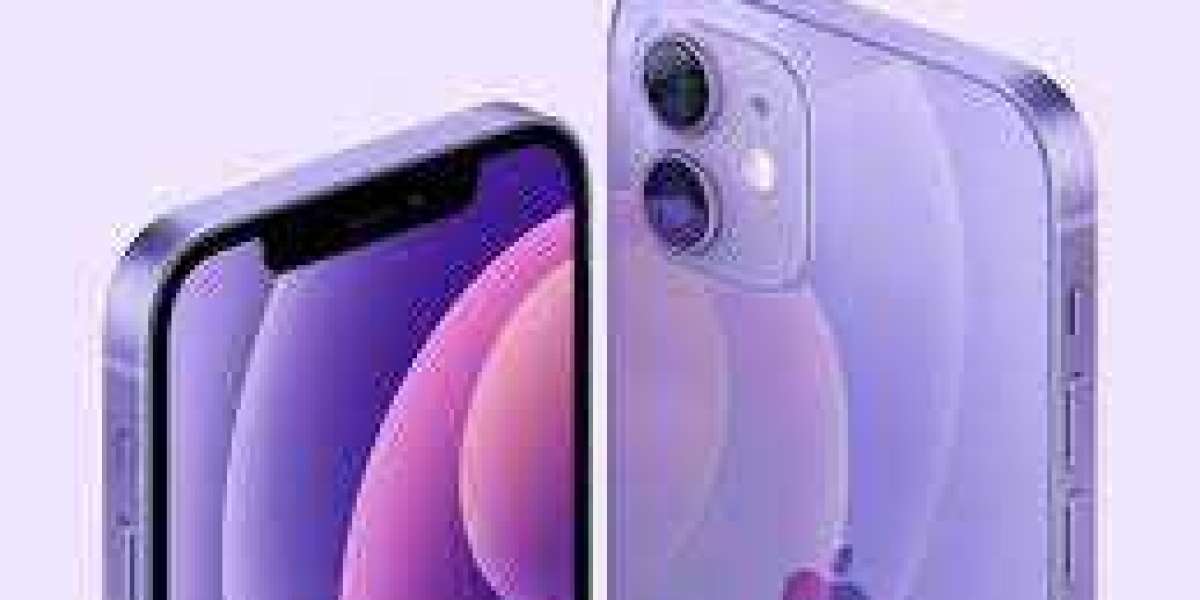The iPhone 13, especially now that it is $100 cheaper than it was with the launch of the iPhone 14, is the ideal iPhone for people who are on a budget. The iPhone 13 is still an excellent flagship phone even though it has been updated with a new display, a larger battery, and improved camera hardware and software.
The A15 Bionic chip in the iPhone 13 is ready for 5G, making it significantly more powerful than the Android devices that compete with it. This is another way that Apple has surpassed its Android rivals. The camera has been improved with new Photographic Style filters, and videographers will be thrilled by the ability to focus-track in Cinematic mode. The base variant of the iPhone 13 can be purchased for $799. If you require more space, the 256GB model can be purchased for $899, and the 512GB model can be purchased for $1,099.
DESIGN
The iPhone 13 features two major design improvements that are worth mentioning. To begin, the cameras on the back of the device are now organized in a diagonal pattern rather than a vertical one. A design that was first introduced with the iPhone 12 series has been carried over to the newest iPhone. Even though the design features a somewhat more angular finish than in prior incarnations, which had a more rounded finish, the phone can still be used easily with one hand. Both the front and the back of the handset are made of glass, however only the front panel features Apple's trademarked Ceramic Shield technology. This technology was first seen on the iPhone 12 from the previous year. The iPhone 13 comes in five different color options: blue, midnight, starlight, product red, and pink.
DISPLAY
The OLED panel of the iPhone 13 is not quite as impressive as the one on the iPhone 13 Pro, which has an adjustable refresh rate of 120 Hz, but it is still quite good. This Super Retina XDR display is now 28% brighter than the display on the iPhone 12; it is also rated at 800 nits, whereas the display on the phone from the previous year was only rated at 600 nits. When compared to the iPhone 12, there is a discernible difference, despite the fact that it is not a significant upgrade. However, it is something that will become second nature to you in a short amount of time. It is important to note that the display on the iPhone 13 does not get the new 120Hz refresh rate that Apple debuted on the iPhone 13 Pro and 13 Pro Max. The displays on those phones refresh twice as fast as a standard 60Hz screen, which results in a smoother experience when scrolling through web pages or playing games. The overall display quality is still outstanding in every respect.
CAMERA
Although the camera array on the iPhone 13 doesn't look all that different from the array on the model from the previous year, you are receiving some substantial changes with this model. These upgrades include tweaks to the cameras themselves as well as a range of software updates. You have a 12MP wide camera with an aperture of f/1.6 and a 12MP ultrawide camera with an aperture of f/2.4 and a field of vision of 120 degrees. Both of these cameras are located on the back of the device. The iPhone 13 is one of the few smartphones available today that can give you the impression that you are directing a video while you are shooting it. On the iPhone 13, it is possible to record video in 4K at 24, 30, and 60 frames per second, as well as in Full HD at 30, 60, 120, and 240 frames per second.
Because of a brand-new mode dubbed Cinematic mode, this is now possible. You may access the new function known as Photographic Styles by using the camera app on your device. This is yet another new feature. These provide you the ability to apply distinctive looks to your photographs, such as Rich Contrast, Vibrant, Warm, and Cool.
Also Read: iPhone 13 mini review
PERFORMANCE
The A15 Bionic chipset is Apple's next attempt to create the most powerful smartphone processor on the planet, and it is featured in all of the devices of the iPhone 13 series. These devices are manufactured by Apple. Apple claims that its central processing unit is 50% quicker and its graphics processing unit is 30% faster than its competitors. The A15 Bionic does not provide noticeable performance improvements in comparison to the A14 Bionic that powers the iPhone 12, but it did not need to in order to keep its title as the phone with the fastest chip overall. The A15 has a six-core central processing unit (CPU) and a four-core graphics processing unit (GPU), just like the A14 Bionic had. However, the Neural Engine that handles machine learning and artificial intelligence now has sixteen cores, up from eight cores on the chipset that came before it. Gaming was also a breeze on the tablet, with titles loading just as swiftly as we've experienced on other products such as the iPad Pro (one of Apple's most powerful devices in 2021). The GPU performance improvements were especially obvious in games' presentation quality on the OLED panel, which looked amazing. Your choices for storage are 128 gigabytes (GB), 256 gigabytes (GB), or 512 gigabytes (GB). If you intend to fill your phone with media over the course of a couple of years, we'd recommend going with the 256 gigabyte or 512 gigabyte variant; even with support for iCloud, 128 GB may be easily filled up.
BATTERY
Even while the iPhone 13 doesn't have the best battery life we've ever seen in a smartphone, it is undeniably an upgrade over earlier iterations of the iPhone. Apple's mobile devices have never had a reputation for having a long battery life. Apple claims that the iPhone 13 has a battery life that is up to 1.5 hours longer than the iPhone 12, and attributes this to the larger battery, more energy-efficient display, and A15 Bionic CPU. Unfortunately, the charging times for the iPhone 13 are the same as they have always been. Using Apple's 20W charger, the new iPhone was able to reach 51% capacity in under thirty minutes. There is once again support for wireless charging, and if you have a charger that is compatible with it, you will be able to charge at up to 15 watts. That is not even close to being the quickest wireless charging option currently available.
The iPhone 13 is not going to be a game changer for Apple's series of smartphones, but it is an important iteration that delivers improved battery life, a better processor, and an enhanced camera configuration than iPhones that have come before it. This is an excellent option to consider purchasing if you are in the market for a quick and powerful smartphone but do not want the additional capabilities offered by the more expensive Pro model. The smaller notch is probably not something that will concern a lot of people. The camera is the feature of the iPhone 13 that stands out the most. The performance in low light has been improved even further, and the computational photography features of the A15 Bionic, such as Cinematic mode and Photographic styles, put the phone to the test in ways that are significantly more advanced than benchmarks. In conclusion, if you are looking for a phone that will help you save money, your best bet is the iPhone 13.





